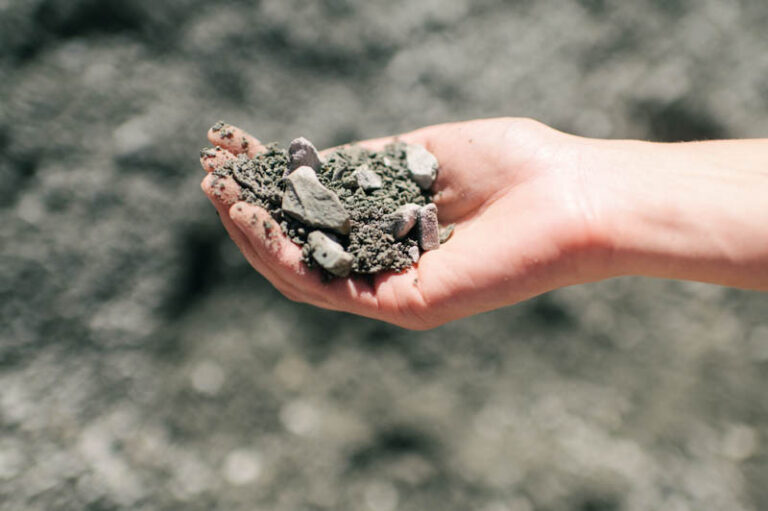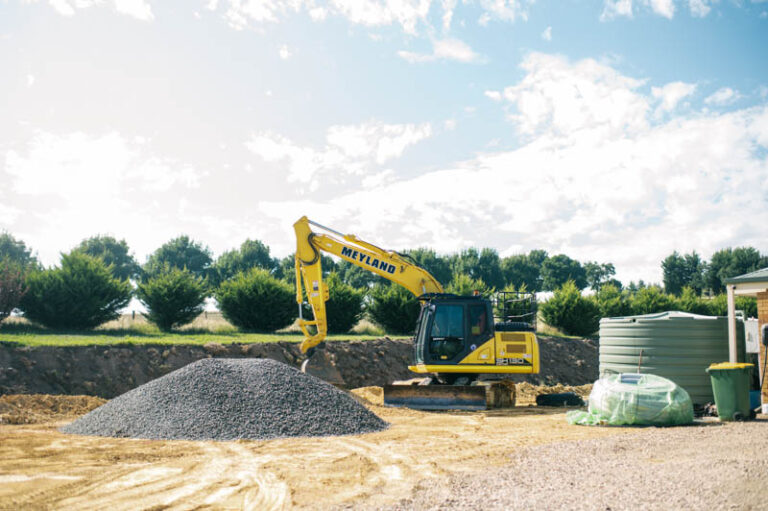Choosing the correct type of crushed rock can be an overwhelming task. There are many different rocks and sizes, and each can be used in a number of ways. There are Aggregates, Cement Treated Crushed Rock (CTR), and even different classes of a certain crushed rock (Class 1, 2, 3 & 4).
This guide will help you gain an understanding of the type of crushed rock that will best suit your specific needs and provide you with the main things to consider before going ahead on that next big project.
One thing to keep in mind is that there’s no one specific type of crushed rock that must be used for any given project. There are usually a number of options that can be used, depending on your budget, location and aesthetic preferences.
The first thing to understand is the different classifications of crushed rocks and the common options that are used for specific projects.
The Types of Crushed Rock Used for Common Projects
Driveways:
Class 1-4 Crushed Rock
These are often used for roads and highways but they can also be used for heavy-traffic driveways. They are typically graded and compacted to form a rigid, stable base and covered with asphalt.
B-grade Crushed Rock (BCR) and Fine Crushed Rock (FCR)
These are both used as bases in a similar way for concrete driveways and can be more cost-effective than other options. BCR is also used as a compacted base for Landscape Rock Driveways like Tuscan Toppings, where there is no need for a cement or asphalt topping.
Landscaping:
B-grade crushed rock (BCR)
BCR is ideal to use as a base for concreting footpaths and driveways. It is also commonly used as a base for Flexibly Laid Pavers. When being used for pavers, BCR is used as a base, then covered with sand or Crusher Dust, before the pavers are placed on top (the 5mm covering of sand acts as a leveling agent and allows some room for error when placing the pavers).
Crusher Dust or Embedment Sand
These can also be used alone for paths, or to surround features like a water fountain, as well as for other permeable applications.
Aggregates
These are arguably the most commonly used of the entire range of crushed rock. They come in a number of sizes and rock types and are used for everything from concrete and drainage, to backfilling and retaining walls.
Construction:
Cement Treated Crushed Rock (CTR)
CTR is widely used as a pavement base for parking areas, large garages and storage facilities. It is a great option for pavement that requires additional strength, durability and compaction. It is typically covered with a concrete covering to complete the pavement structure.
Now that you have an understanding of the types of crushed rock, the next thing to consider is:

Budget
As we touched on earlier, there are often a number of different crushed rock options that can be used for the same project. One factor that plays a large role in determining which crushed rock to use for most people is cost. For example, a common driveway option in Australia is Class 1 or 2 Crushed Rock with a cement or asphalt layer on top, but B-grade Crushed Rock used for a Landscape Rock Driveway can be a cheaper alternative.
Although many people opt for the cheaper option due to budget constraints, it should always be considered that some cheaper options can cost you more in the long term.
A Landscape Rock Driveway may not provide the same level of support as a proper pavement structure, and it may break down more rapidly. This may lead to higher maintenance and repairs and an inability to withstand certain weather conditions.
That takes us to our next consideration:
Climate and Location
Another thing that you need to consider, especially when it comes to driveways and construction, is the climate and conditions that your crushed rock will be exposed to. For example, if you live in an area that is prone to rainfall, you’ll want to choose a type of crushed rock and pavement structure that can withstand that rainfall. You’ll want to make a choice that is less prone to erosion and has greater drainage properties.
Also, you’ll want to consider the amount of traffic and the load of that traffic, as certain pavement structures are better suited to handle higher loads than others. For example, Cement Treated Crushed Rock (CTR) can withstand heavy loads due to its additional strength, making it a good option for storage facilities with heavy machinery.

Aesthetic Preferences
The last thing that is worth considering is the look of the crushed rock you choose. A driveway, walkway or some pavers can make up a large part of the aesthetic look of your home or workplace, and so it’s important to factor in when making your decision. You may want to go with a Tuscan Topping for your driveway, so that you have a range of colour options, or maybe you already have areas with pebbles or other crushed rocks, and you want a sealed cement or bitumen finish to contrast with the rocks. Whatever you decide, it’s always better to consider this before you start, rather than realising when it’s too late.
Because at the end of the day, not only do you want to have an effective, durable and cost-effective project under your belt, but you want to be able to step back and admire the work you’ve done.
Once you’ve considered everything above, the best way to make the correct decision is to talk to a professional. With proper guidance you are sure to choose the right option that will enhance your outdoor space for years to come.













